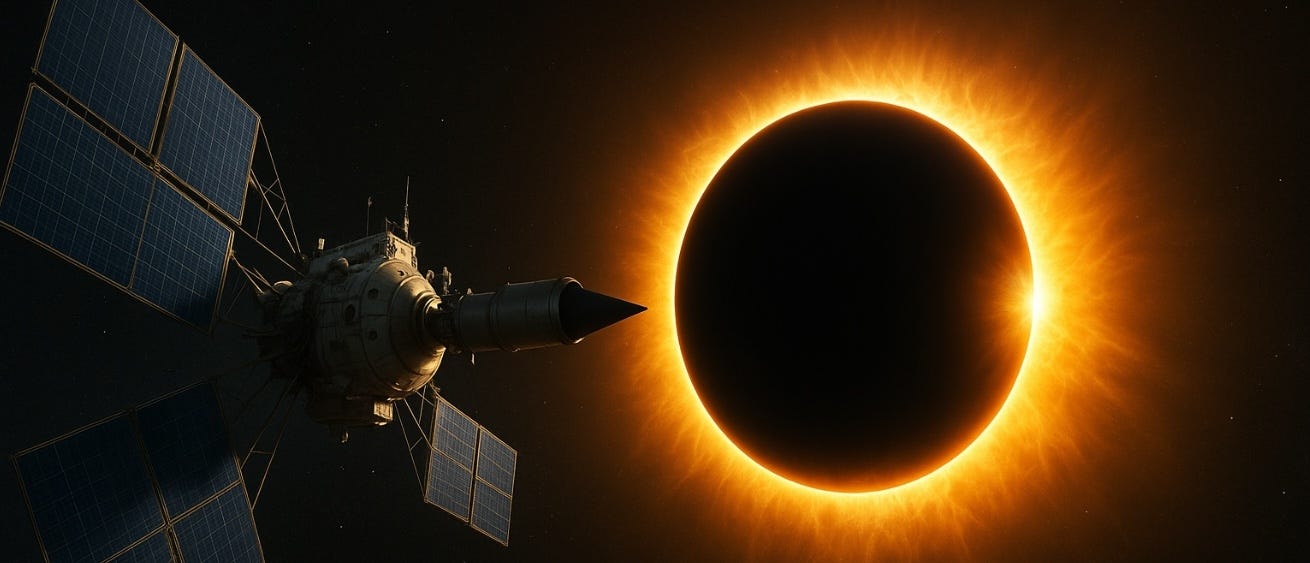Breakthrough in Space Science: First Artificial Solar Eclipse in Orbit
What Investors Should Know
Date: June 16, 2025
The European Space Agency’s Proba-3 mission has achieved a historic milestone by creating the first-ever artificial solar eclipses in space, opening a new frontier for solar physics and satellite technology.
Mission Success & Precision Formation Flying
Two spacecraft—the Coronagraph and the Occulter—flew in perfect formation 150 meters apart, simulating a single giant instrument to block the sun and observe its corona with unprecedented clarity. This precision formation flying, maintained autonomously at over 50,000 km above Earth, is a technological breakthrough enabled by advanced GPS, star trackers, lasers, and radio communications.
Why the Delay?
Originally scheduled for launch in early December 2024, the mission was delayed by one day due to a propulsion system anomaly in the Coronagraph satellite’s redundant thrusters. ESA engineers quickly resolved the issue with software fixes, allowing the mission to proceed successfully.
Scientific Impact & Future Potential
Proba-3’s ability to create on-demand, prolonged solar eclipses lasting up to six hours allows scientists to study the solar corona’s elusive middle region in detail—a feat impossible with natural eclipses that last only minutes. This region holds keys to understanding solar wind acceleration and why the corona is millions of degrees hotter than the sun’s surface.
The mission is expected to generate nearly 200 artificial eclipses over two years, providing over 1,000 hours of totality for continuous observation. Beyond solar science, the precision formation flying demonstrated by Proba-3 paves the way for future modular space telescopes and satellite constellations, promising cost-effective, flexible space exploration.
Expert Quotes & Opinions
“We could hardly believe what we were seeing. This was our first attempt, and it succeeded. It was truly astounding,” said Andrei Zhukov, lead scientist at the Royal Observatory of Belgium.
Damien Galano from ESA reflected, “The first time I saw these images, it was hard to fathom. It quickly transformed into an overwhelming sense of accomplishment and pride for all we have achieved.”
Talwinder Singh, astronomy professor at Georgia State University, noted, “If successful, this mission will pave the way for ongoing, detailed views of the sun’s corona, enhancing our understanding of space weather.”
Looking Ahead
The Proba-3 mission not only advances solar research but also validates formation flying technologies critical for the next generation of space observatories. This innovation is expected to attract increased investment in aerospace and space infrastructure sectors, with implications for both government and commercial markets.
We will continue to track Proba-3’s progress and its impact on space technology and investment opportunities.
Thank you for your continued interest.





